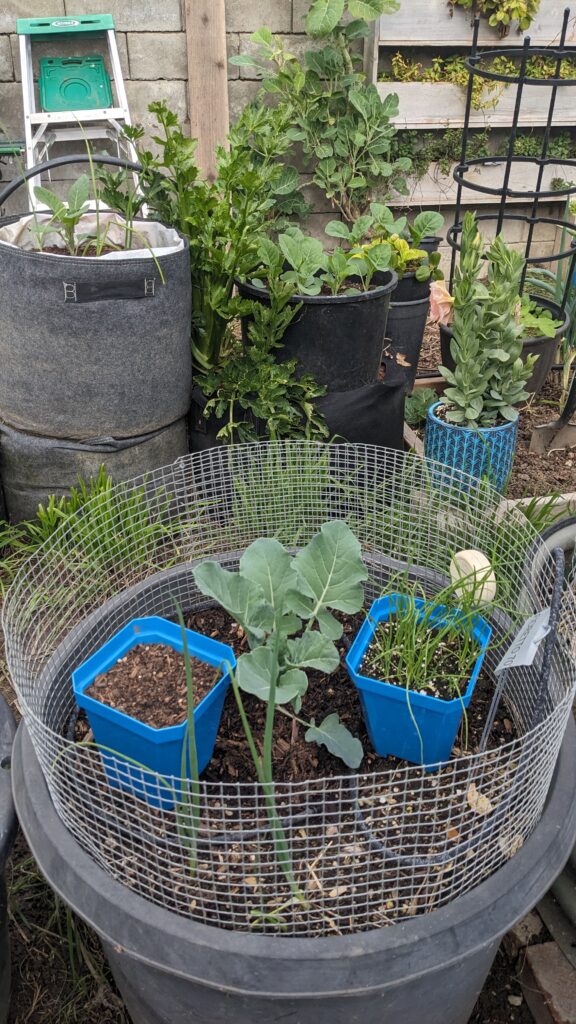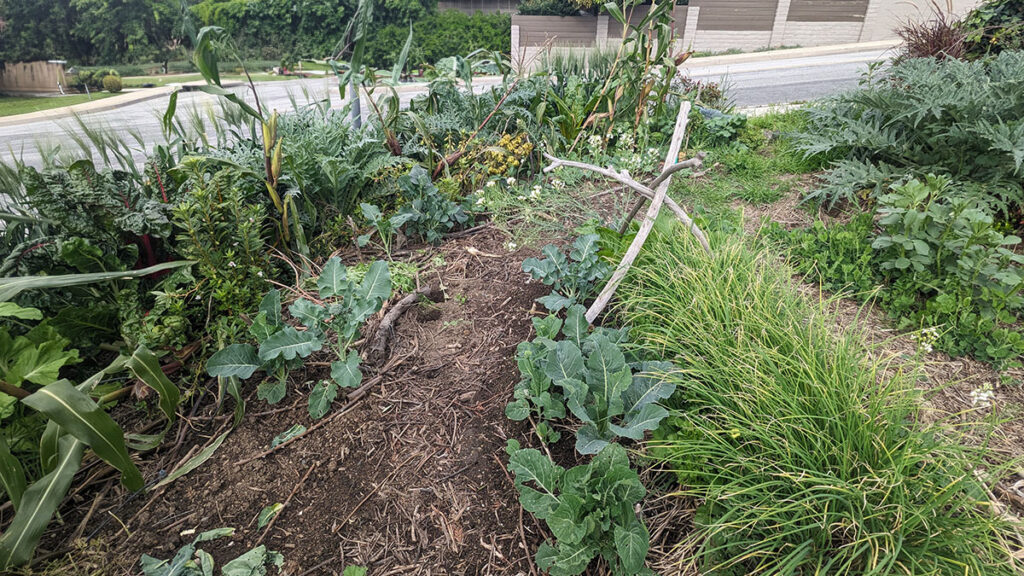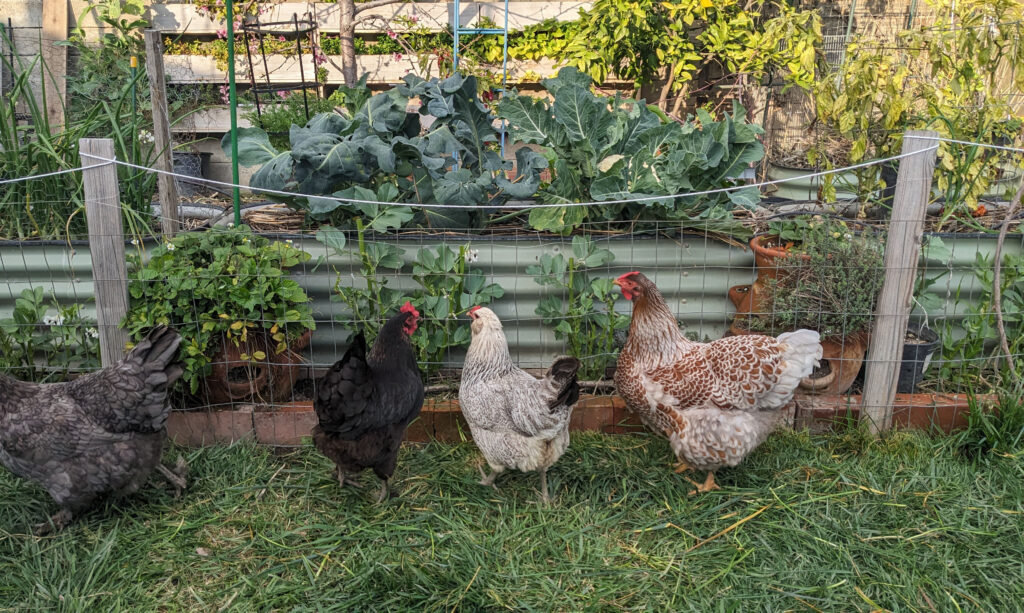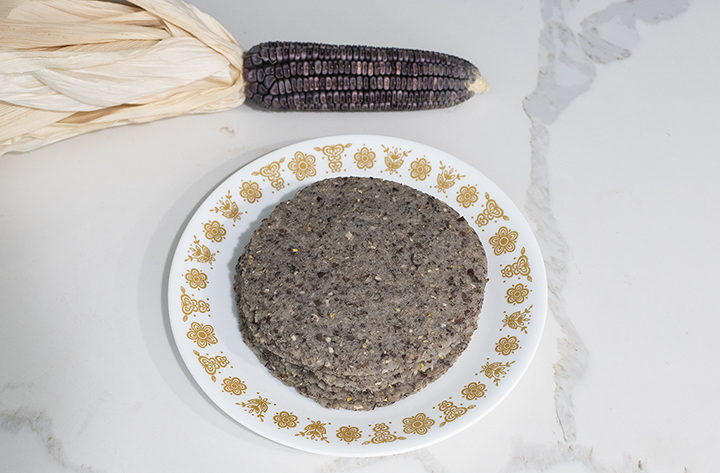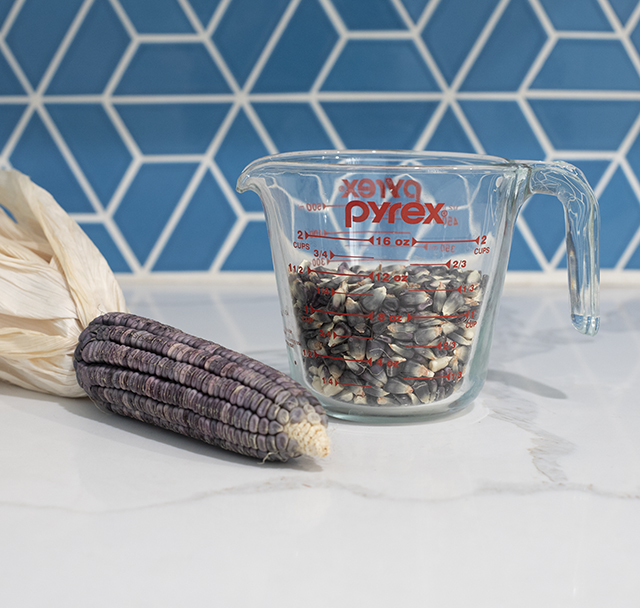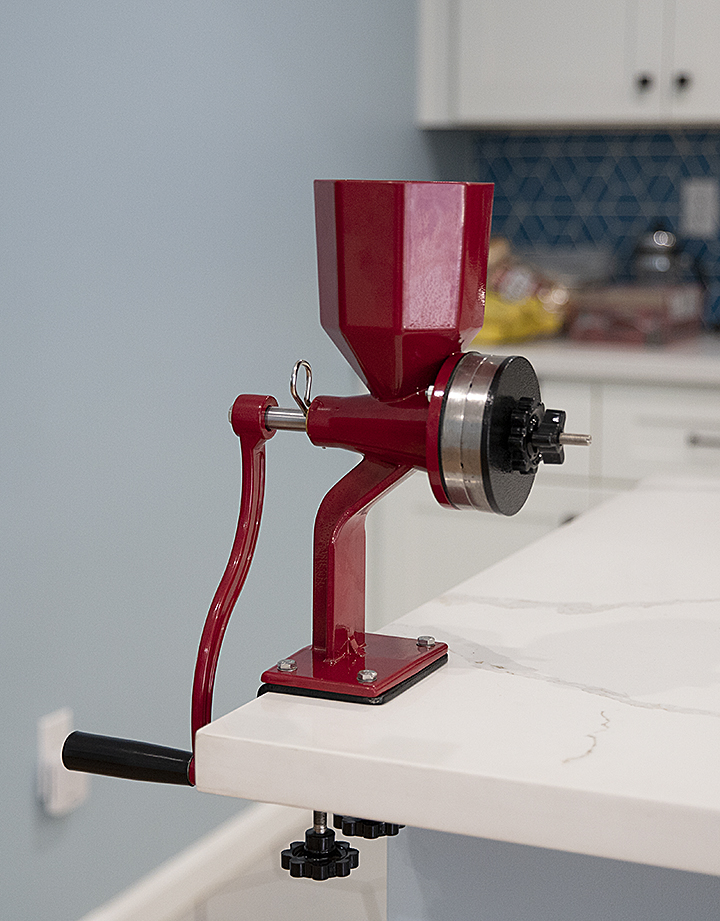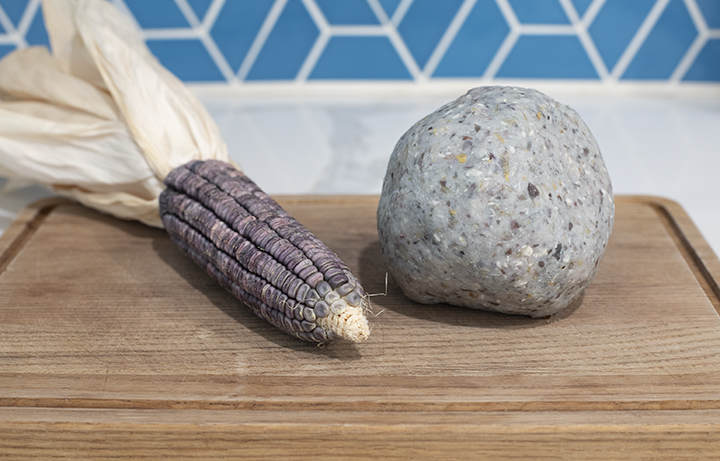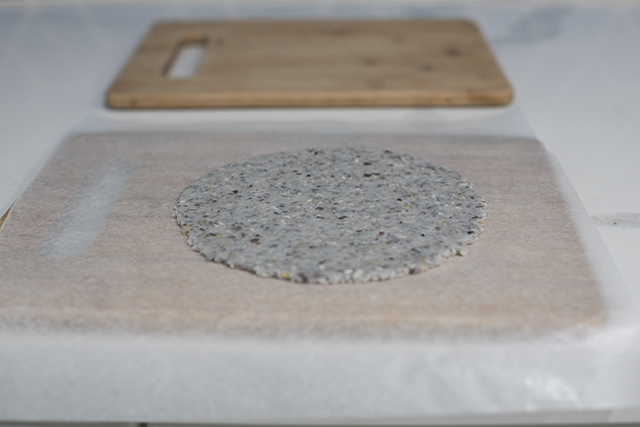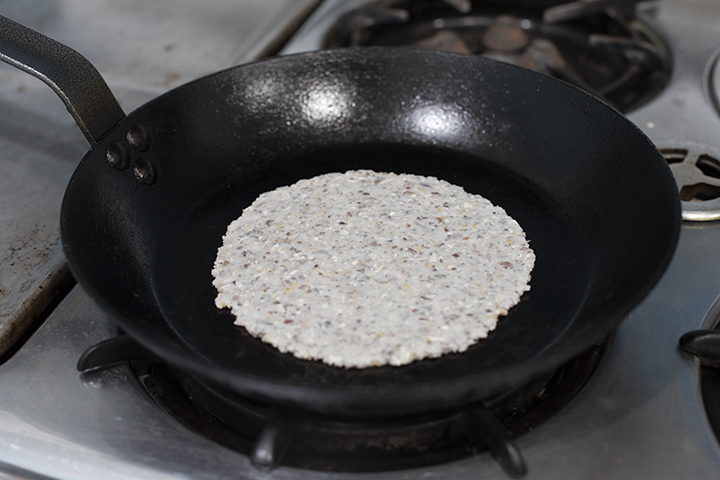Gardening for Everyone | Introduction: Yes, Everyone
This content is copyright & intellectual property of Never Enough Dirt.
With many approaches to gardening, there is one to match up with everyone’s situation. As a host, I create space for the many different approaches to come together. As a docent, I will help those from one approach to understand those from another approach. As a coach/mentor, I will guide everyone to an approach that works for them in the present and future. As a teacher, I will provide approach-relevant information and knowledge.
The first step to gardening is to understand the different approaches/styles. The diagram below will help illustrate the main pathways.
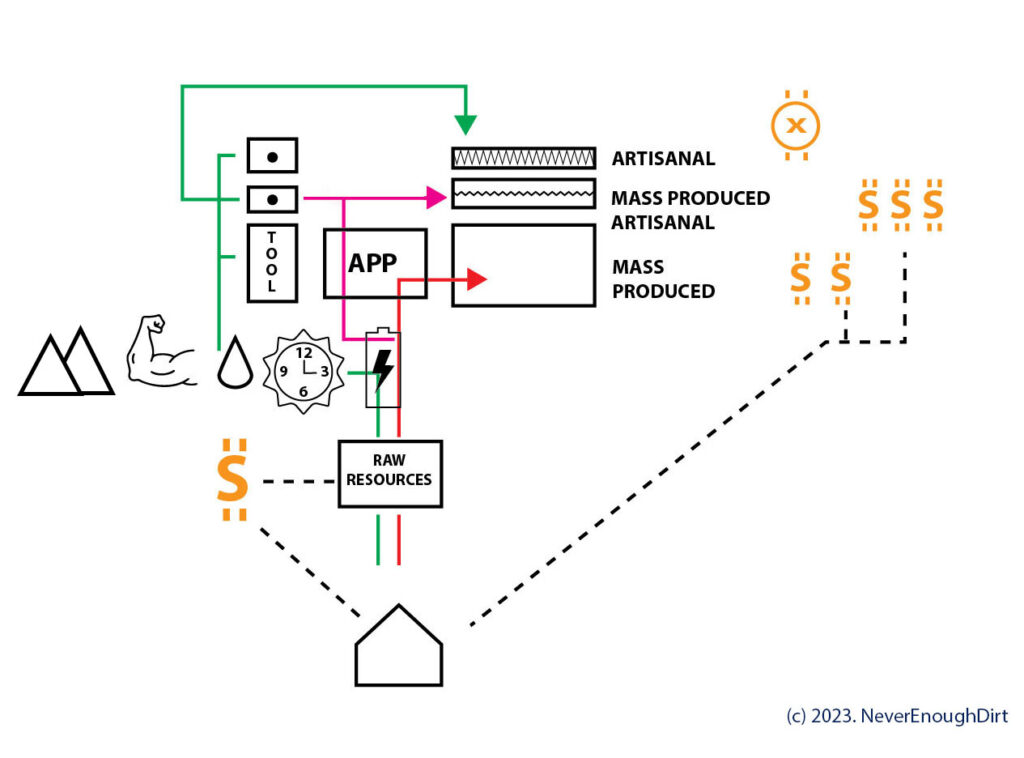
Regenerative / Low Budget Gardening
Starting at home plate and following the green path will take you on a regenerative farming/gardening path. It is also the same path taken by those with limited budgets. It is the most rewarding path. This is the path of artisan, homesteader, self reliance and other likeminded folk. On this path you are “[a] jack of all trades is a master of none, but oftentimes better than a master of one.”
On the diagram, the necessity for possessing many skillsets, broad knowledge, and ability to use tools effective are represents by boxes with a dark circle and a box with the word, “tool.”
The pictograms are lined up and are a simple algebra equation. Starting from the left, the two triangles are a pictogram for mountains to depict land (R.) The flexing arm represents elbow grease / labor (L.) The water droplet is just that: water (W.) Next is a pictogram of the sun (C) with the face of a clock (T). That represents and sun’s energy and time. Lastly, the battery pictogram represents synthetic energy (E.) This is human generated and stored energy in the form of: fertilizer/amendments and electricity (fossil fuel/clean energy.)
From those variables we have the following equation: R+L+W+C+T+E = Output
When viewing through this equation, not only is the picture more interesting, it is more insightful. It explains how growers in warm climates can grow more with less space; and vice versa in cold climates. As a resident of Southern California living on an urban lot, we are able to grow quite a bit and quite easily because of the climate. Additionally, as I have come to find out that many traditional gardening practices are based on limitations that are not relevant in a much different climate. As we get further along, I’ll share what those are.
With this equation in mind let us bring back a couple of variables from earlier– tools (t) and skilled labor (w.) These variables are multipliers. Matching the right tool with the right skillset will multiple the labor variable (twW.) Now making the following equation: R+L+twW+C+T+E = Output’
Using this equation to make a remark about Regenerative Agriculture: R+L+W+C+T = Output
In regenerative agriculture, the E variable is nonexistent or almost nonexistent. Instead of generating/capturing energy by synthetic means, energy is captured by raising animals, green manure, and silage primarily though the variables of land (R), water (W), the sun’s energy (C), and time(T). In other words, the sun’s energy is combined with elements from the earth and water. In time that energy is stored as living organisms. Energy is then release during the burning and or decomposition process.
The Purpose of Progress
It is important to acknowledge the purpose of progress is to allow choices of paths to be taken. With progress, it enables more of us to take the path of least resistance. In other words, success can be achieved without having to be an expert, ability/skill, nor a lot of time. As a result, gardening has blossomed into a large market with many products to suite the many situations progress has created. At the time of this writing, the consumer space for mass consumption is newer and emerging. This space allows those in situations with too low of land (R), time (T), knowledge/skill (w), and labor (L); due to time or mobility constraints.
On the diagram, this path is the fuchsia path or even the paths on the right. These paths involve an additional variable; and it is an impactful one– money. Money will buy appliances. Which will then take place of tools, skill, and labor. All the while, it is also important to acknowledge that progress can come at the cost of purpose & fulfillment. It is therefore crucial to maintain a sense of purpose when using progress as an accessibility device. After all, the whole point of gardening is to seek contentment through creation. In this frame of thought let us also acknowledge the mental health aspect of gardening.
Conclusion
There is space for the many ways to garden and this is a space for all of them. How someone garden is going to be very unique to their circumstances. Their approach is made evident when we consider the equation from the above diagram (R+L+twW+C+T+E = Output’). As such, there are two main pathways for gardening this day and age: low budget and consumer; mix in low and high tech; with everything in between.
Where one person may purchase a tailored product, another will go a different route. While their resources may be limited, they will be able to achieve the same goals by using their skills and unique knowledge. At the end of the day, we are all seeking the same thing and that is fulfillment through purpose and excellence.
Up next: The truth about “garden soil” and how best to use it.
